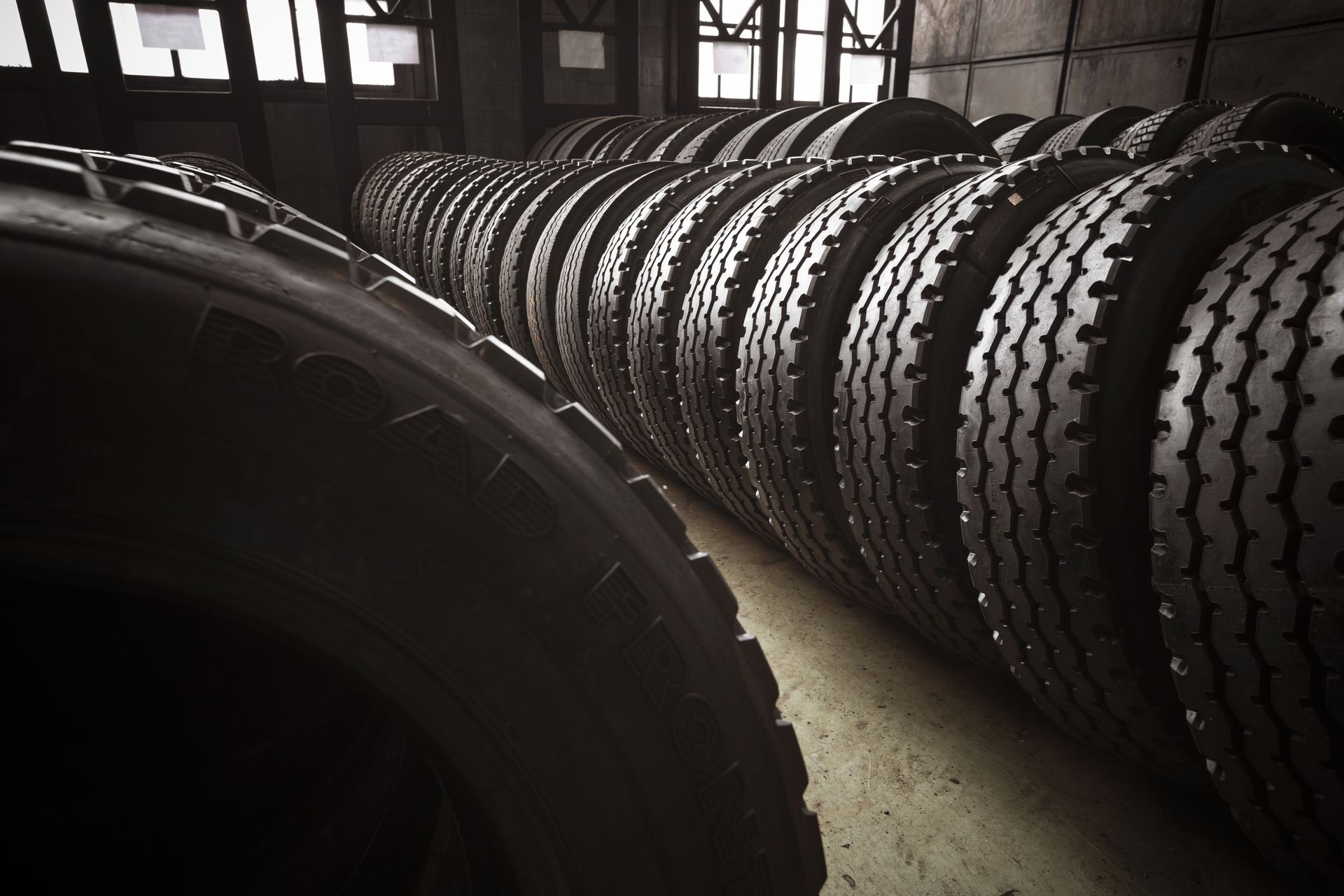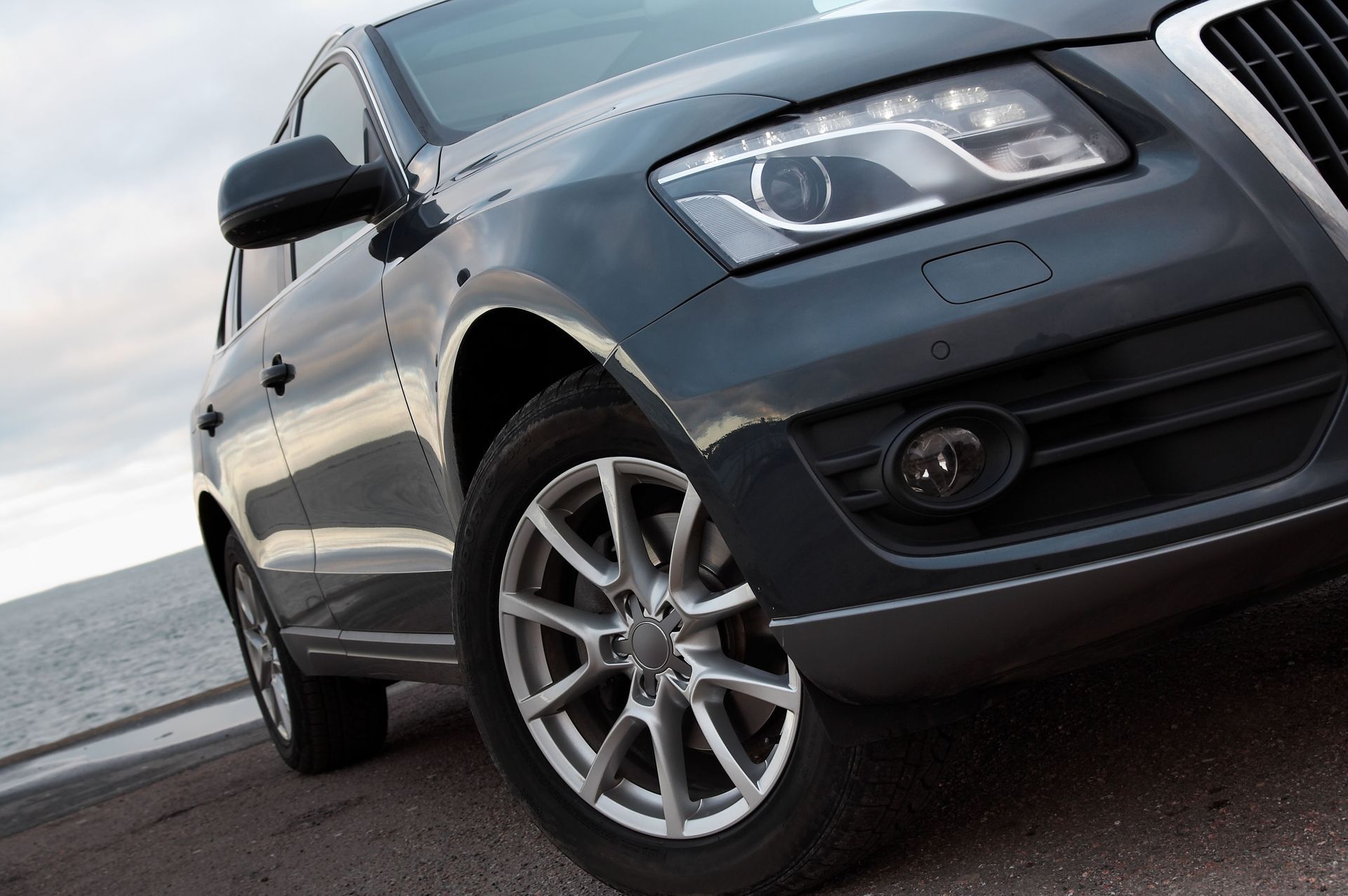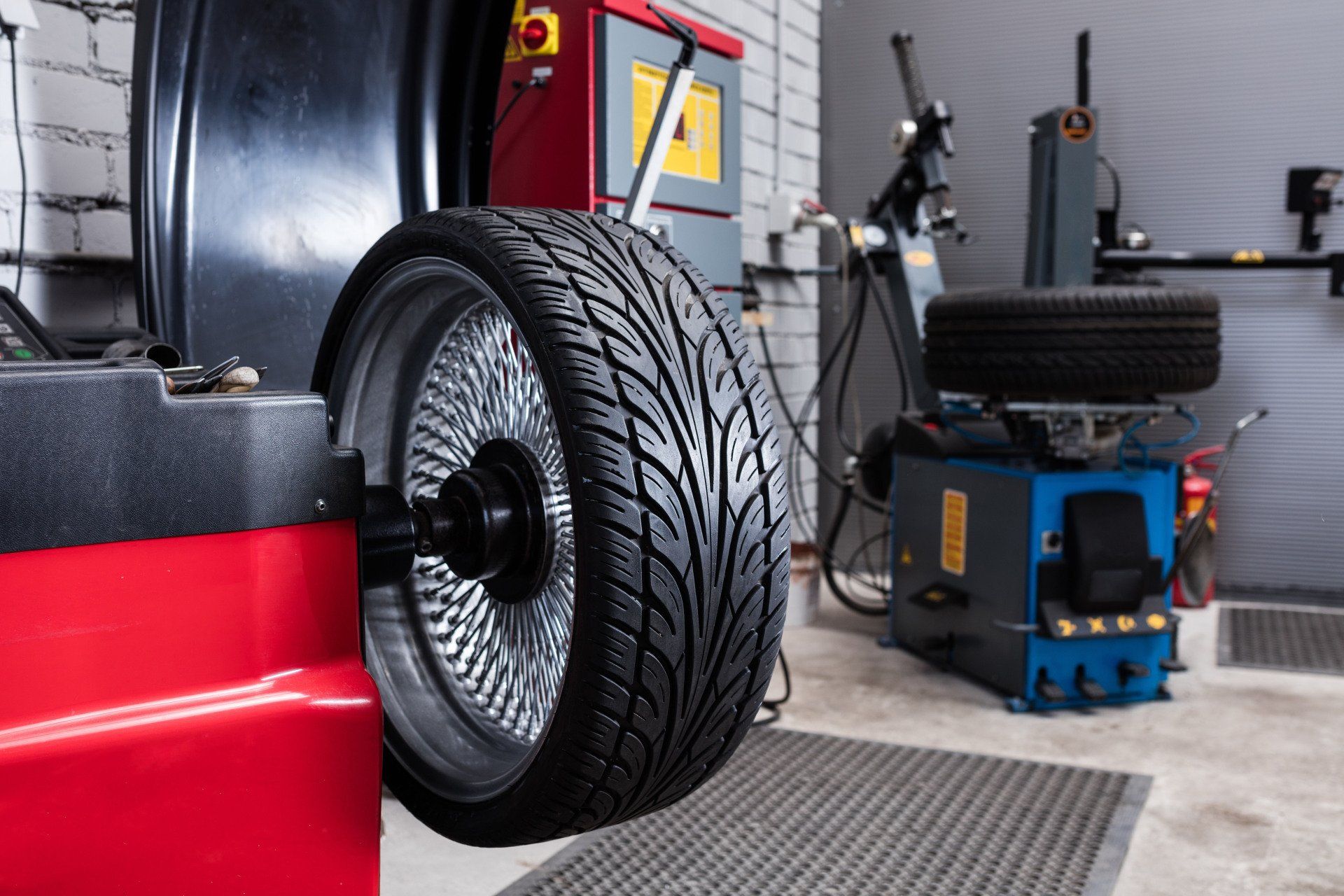When Is It Time to Change Your Tires?
If you're looking to buy your own car, you aren't alone! According to Statista, up to 17 million cars are sold in the United States every year. However, car ownership comes with lots of responsibilities, including making sure you're safe on the road. Your tires play an important role when it comes to safety. As such, you should be proactive about your tire maintenance. In this blog post, we'll take a look at a few factors that will help you determine when it's time for a tire change.
Tire Age
It may be tentative, but your tires generally have an expiration date. According to NerdWallet, the majority of tires should be inspected and, at times, replaced at about the six-year mark. If your tires are over six years old but still seem okay, you should absolutely swap them out after 10 years. Even if they look fine, it won't be safe to drive around with tires that are older than 10 years.
Excessive Tread Wear
Tread wear is one of the most obvious signs that it's time to get new tires. Fortunately, it's also one of the easiest things to measure. Find a penny and place it headfirst in the tread grooves on your vehicle's tires. If you always notice the top of Lincoln's head, then your tires have shallow treads, and they should be changed. On the other hand, if part of Lincoln's head is covered by the treads, this means you probably don't need new tires. Driving around with worn tires is never a good idea as your car can slip and slide. If this test shows you that you need new tires, you should visit your local tire shop as soon as possible.
Rubber Cracks
Your tires face a lot of wear and tear on the roads. Rough road conditions and temperature extremes will eventually erode the rubber and cause cracking. While the majority of tires are infused with anti-aging chemicals, this protection won't last forever. If you aren't sure what to check for when it comes to rubber cracks, you can simply find a reliable technician to inspect your tires.
You may hear mechanics talking about ozone or weather cracks. These are surface cracks that are visible at the base of thread grooves and surface walls. Fortunately, these aren't a huge problem. However, when the cracks start descending deeper into the rubber, you should consider changing your tires. A good way to prevent cracking is to drive your car regularly. It helps maintain elasticity in the rubber of your tires. Additionally, overinflation can lead to cracking as well.
These are some of the telltale signs that you need to change your tires. It's important to take this matter seriously since worn tires can burst and cause accidents when you're driving at high speeds. Get in touch with Tires & Mohr today if you're looking to finally replace your worn-out tires!





Share On: